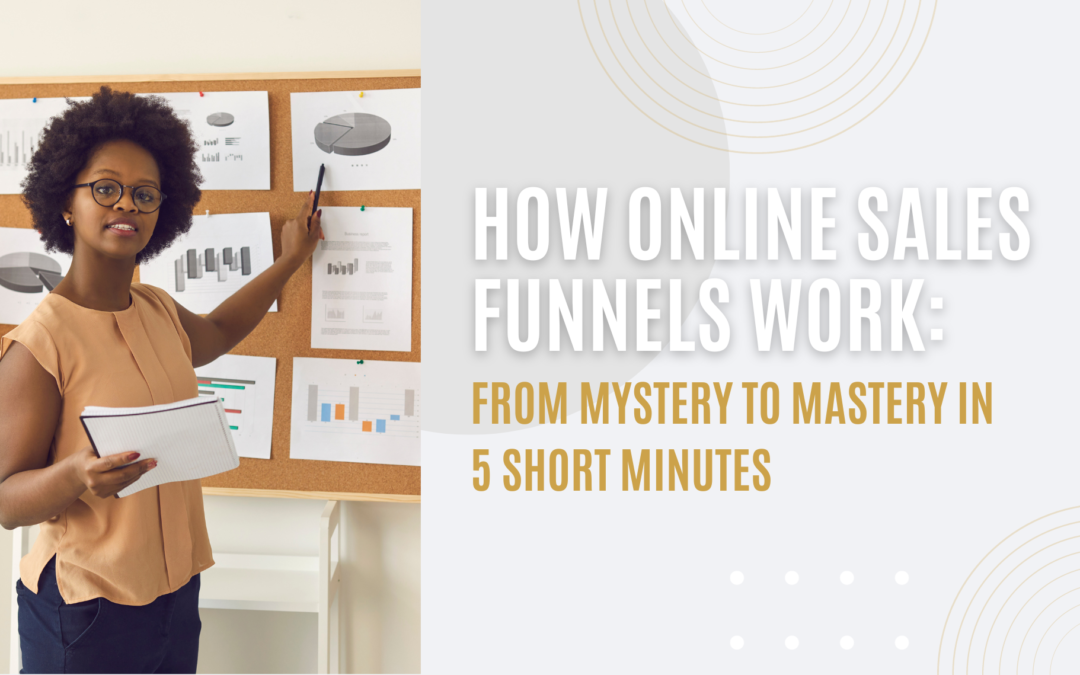
Why Digital Courses Don’t Work

As the world goes digital, online courses are growing exponentially in popularity.
However, despite the widespread use of digital courses, there are growing concerns that digital courses are not working.
This hurts customers who don’t get the results they want. It hits the industry as it erodes customer confidence in the industry as a whole.
And ultimately, it hurts you, the course creator, because the customer stops buying your courses and your other premium priced programs that are part of your value offering.
In this blog post, we explore why digital courses aren’t as effective as traditional courses, and how course creators can reverse the decline of an entire industry and increase their profits.
1. Lack of Interaction
One of the main reasons digital courses don’t work is the lack of interaction between students and teachers.
Traditional courses require a high level of engagement between students and teachers, which promotes greater completion and a greater understanding of the subject matter.
Online courses, on the other hand, are often based on pre-recorded lectures and can feel impersonal and isolating.
This lack of interaction can lead to lack of motivation and disinterest in course materials.
2. Limited Accountability
Another problem with digital courses is that they often lack accountability.
In a traditional classroom, students are expected to arrive on time, complete assignments, and participate in class discussions.
However, in digital courses, students are often left to their own devices with little oversight or accountability.
This leads to procrastination, lack of engagement, and ultimately failure to finish the content and get the result.
3. Ineffective Teaching Methods
Digital courses often rely heavily on technology to deliver content, which can be a disadvantage.
Over reliance on technology can lead to ineffective teaching methods such as reading from slides or relying on pre-recorded lectures.
These methods may not be attractive to students and don’t always address the neurodivergence and different learning styles that exist in the population.
This leads to a lack of understanding and retention and ultimately drives students to drop out of your course and your sales funnel.
4. Limited Networking Opportunities
Networking opportunities are an important aspect of education as they allow students to network with others in their field, develop valuable relationships and gain insight into potential career paths.
However, digital courses often lack these opportunities because they do not offer the same level of social interaction as traditional courses.
This contributes to a lack of motivation and engagement and ultimately drives down course completion rates.
Are Digital Courses Doomed?
Digital courses may seem like a convenient and accessible option, but if done the wrong way, they’re not the most effective way to get results.
A lack of interaction, accountability, and networking opportunities leads to a lack of motivation and disinterest in course materials, causing students to drop out of the course and the rest of your sales funnel.
This leads to poor results for them and lower profits for you.
However, there are ways to stop the bleeding.
The best digital courses leverage instructional design and adult psychology to keep students engaged, hold them accountable, and encourage real opportunities for connection and cohesion.
Here are my top three tips for replicating traditional learning environments in digital courses:
1. Have students earn lifetime access.
Most course creators give away lifetime access to their digital courses.
The top 1% incentivize action by saying, “”This is your course. We normally only grant access for a year, but if you finish it within 10 weeks (or whatever timeframe reasonably suits your course plus a bit of wiggle room), you’ll get to keep it for life so you can come back and refer to it any time you want.”
See how you can encourage your students to take action while providing essentially the same benefits.
This taps into a part of the human psyche called loss aversion.
It’s a cognitive bias that explains why the pain of losing is twice as strong as the pleasure of gaining.
Giving access for a lifetime may seem like you’re giving students a ton of value, but having them earn lifetime access is far more powerful in getting students to take action.
This helps them get results from your current program and qualifies them for your more premium priced programs.
Minimizing the chances of them keeping the program on the shelf until they get around to it (which is never for the majority of students) and then dropping out of your sales funnel never to buy from you again.
2. Create a syllabus.
Most digital courses are a seemingly endless collection of content.
The most effective digital course creators create a syllabus. A syllabus encourages students to complete a course.
The clarity it provides helps students stay motivated by knowing exactly what they need to do to be successful in the course. It helps them plan effectively and complete your course.
So instead of students being lost on where to start or how to manage their time to complete your program, then abandon the course and drop out of your sales funnel never to buy from you again, add a syllabus.
A well-designed syllabus that is clear and transparent acts as a roadmap, guiding students through each activity and informing them of exactly what they need to do to achieve transformation.
3. Plan a completion ceremony
Customers buy digital courses for results. Students usually take traditional for a certificate that advances a career or education.
So if digital courses deliver real results and traditional courses only give you a certificate that certifies you to then go out and get another result, why are traditional course completion rates successful and digital course completion rates at 3%?
This is because students tend to work harder when they know their efforts will lead to a certificate or some form of recognition.
Certificates provide clear and specific goals for students to work towards.
This helps them stay motivated and focus on their studies. So give your students something to work toward.
Add a certificate or a graduation ceremony that acknowledges their efforts for completing at least e (or are considered to have passed) at least 75% of the work.
Graduation ceremony held face-to-face or via Zoom.
Digital courses are not doomed to failure, but the top 1% of course builders are using the best elements of instructional design and adult psychology to drive better client outcomes and back-end sales. increase.
Why do customers purchase digital courses? For a result.
Why do students take traditional courses? Usually for some type of certificate that allows them to level up in their career or education.
But students traditionally finished traditional courses and yet there’s a 97% abandonment rate for digital courses.
Why is it when traditional courses don’t give you the actual result but just a certificate that allows you to go pursue the result, but a digital course gives you the actual result and yet students generally finish traditional courses but abandon digital courses.
The reason is because students tend to work harder when they know that their efforts will lead to a certificate or some form of recognition.
Certificates provide clear and tangible goals for students to work towards.
This can help them stay motivated and focused on their studies.
So give your students something to work toward.
A certificate that they receive when they complete at least 75% of the work (or whatever you’d consider passing).
A graduation ceremony held in person or over zoom.
Digital courses are not doomed, but the top 1% of course creators use the best elements of instructional design and adult psychology to get better results for customers and better backend sales revenue.
Enjoyed these tips and want to even more tips to make more backend sales from your digital course?
If a cashflowing course is at the top of your priority list, I go over all of this and more inside of my Course To Cashflow agency, the full service done for you agency that not only coaches, but helps you build, launch and sell your program so you can create lifestyle freedom and build multigenerational wealth.
To get on the waitlist for our next opening, sign up here.
Author: Gina Greene
Gina Greene is a highly sought-after wealth coach who specializes in helping ambitious entrepreneurs build businesses that create lifestyle freedom and multigenerational wealth.
Published and interviewed in many different places, she mentors her community of business owners, teaching them exactly how to build a hyper-profitable business by monetizing their intellectual property with a focus on digital courses and backend sales systems.
Recent Posts


How Online Sales Funnels Work: From Mystery To Mastery In 5 Short Minutes

Make Money Online with These Top 5 Course Platforms: I Bet You’ve Never Heard of Number 5

5 Tips for Filling Your Webinar Seats

5 Tips for Writing Emails that Get Sales

5 Ways to Speed Up Your Product Creation Process

5 Tips for Breaking Out of the “Dollars for Hours” Pattern
